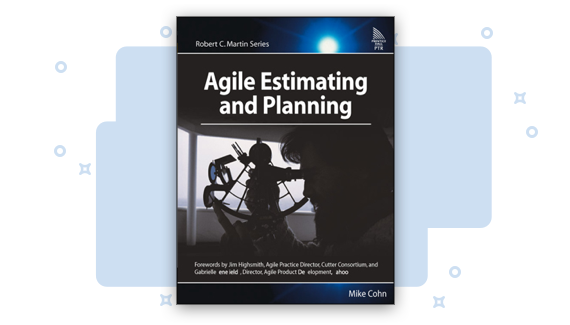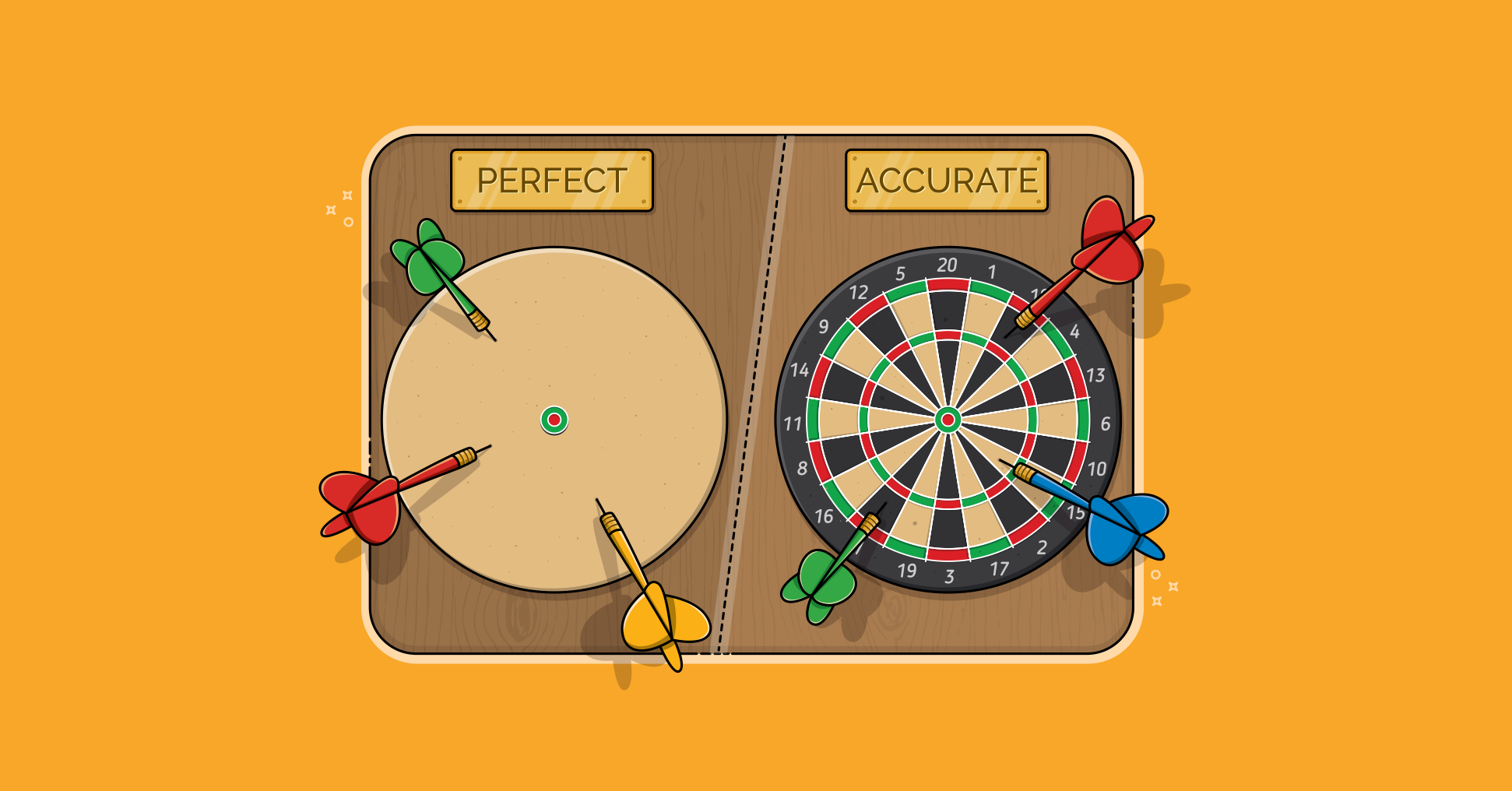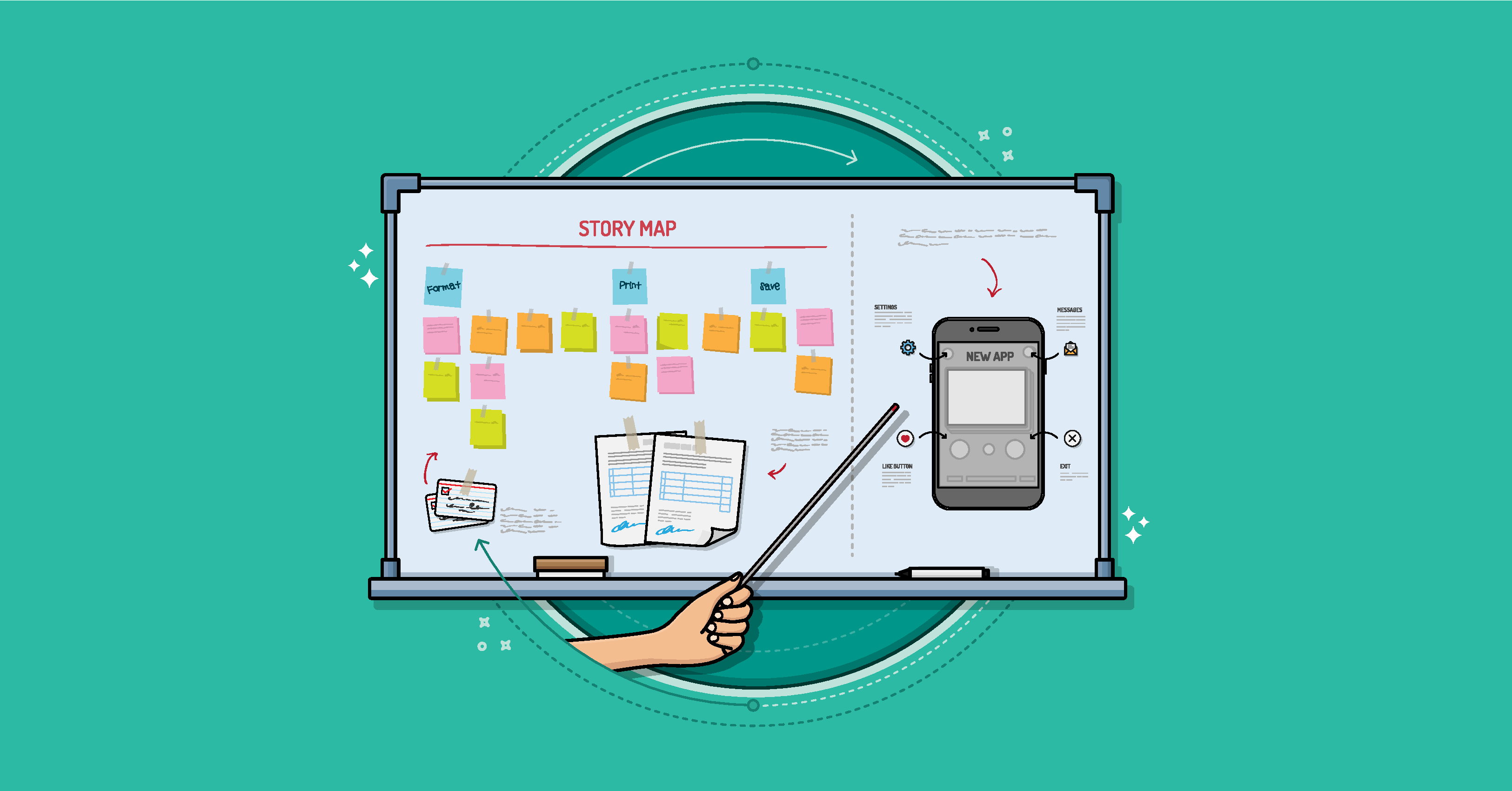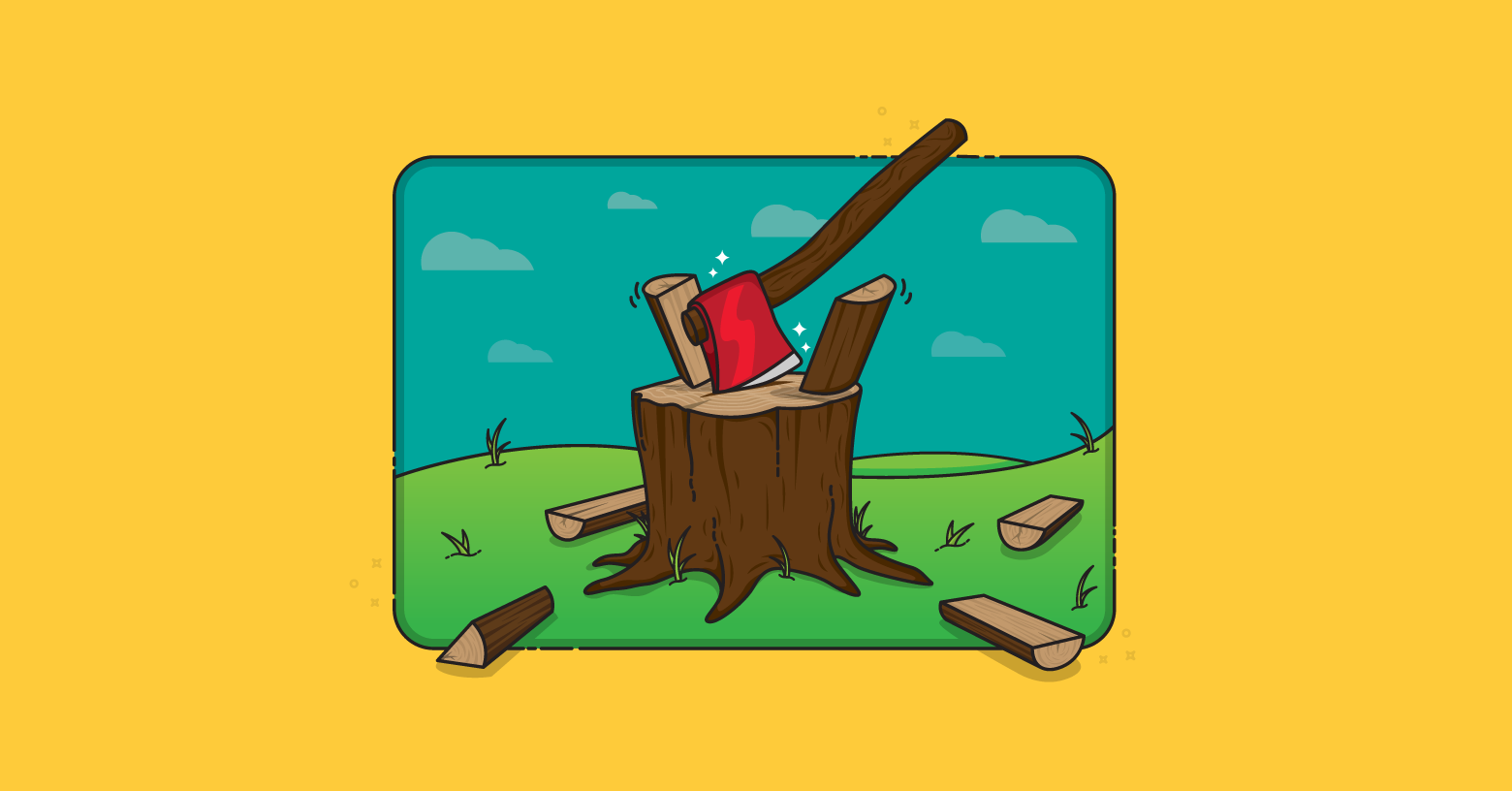I occasionally see teams that want to put an estimate of "business value" on each user story. They usually do this for either or both of two reasons:
- to be able to measure the amount of "business value" delivered to the organization, usually graphing this sprint by sprint
- to be able to prioritize user stories by comparing the business value of each story to its cost
There are, unfortunately, some problems with these practices. First, the value of small bits of functionality are often intertwined. When we get features that are too small (as good user stories are), it is very difficult to put a discrete value on each. Economists call this hedonic pricing. The classic example is putting values on the individual components of a house's value---size, location, view, etc. Second, the value of a small bit of functionality can often be said to be the total value of the product. For example, what is the value of the left front wheel of a car? Well, since I don't want a car without that wheel, the value of it is the total value of the car. Having identified two problems with assessing the "business value" of a user story, let's look at a problem with determining the cost of the story.
The Problem of Shared Cost
Finally, when attempting to put business value points on small features (such as user stories) there is the additional problem of determining the cost of the feature. There is often a desire to do some form of return on investment (ROI) analysis on features by comparing the business value points to the cost in story points. However, with small features it is often the case that the true cost of implementing a feature is the sum of the cost of implementing multiple smaller parts of the system, some of which (e.g., architectural work) may not be separately estimated. For example, the cost of refunding money to a credit card purchase should include some of the infrastructural work done to accept credit cards in the first place. That cost, however, was likely estimated as part of the story to "buy the items in my shopping cart." Failure to share the cost of this credit card processing infrastructure between both the purchase and refund stories will lead to incorrect ROI decisions. As with hedonic pricing, this is something economists have wrestled with for years. A simple example is a cow raised and sold for beef and leather. How should the costs of raising the cow be apportioned between the user stories of "beef" and "leather"? We could say the beef cost it all and we get the leather for free but that would be no more correct than the opposite. The benefits (beef and leather) need to be considered together in comparison to the cost of raising the cow.
What Do We Do?
So does this mean that we should never assign business value to features and that we should forego ROI analysis of user stories? Not necessarily. But this type of analysis is best used at the level of epics (large user stories) and themes (groups of stories) because value and cost can be appropriately assessed at those levels.








